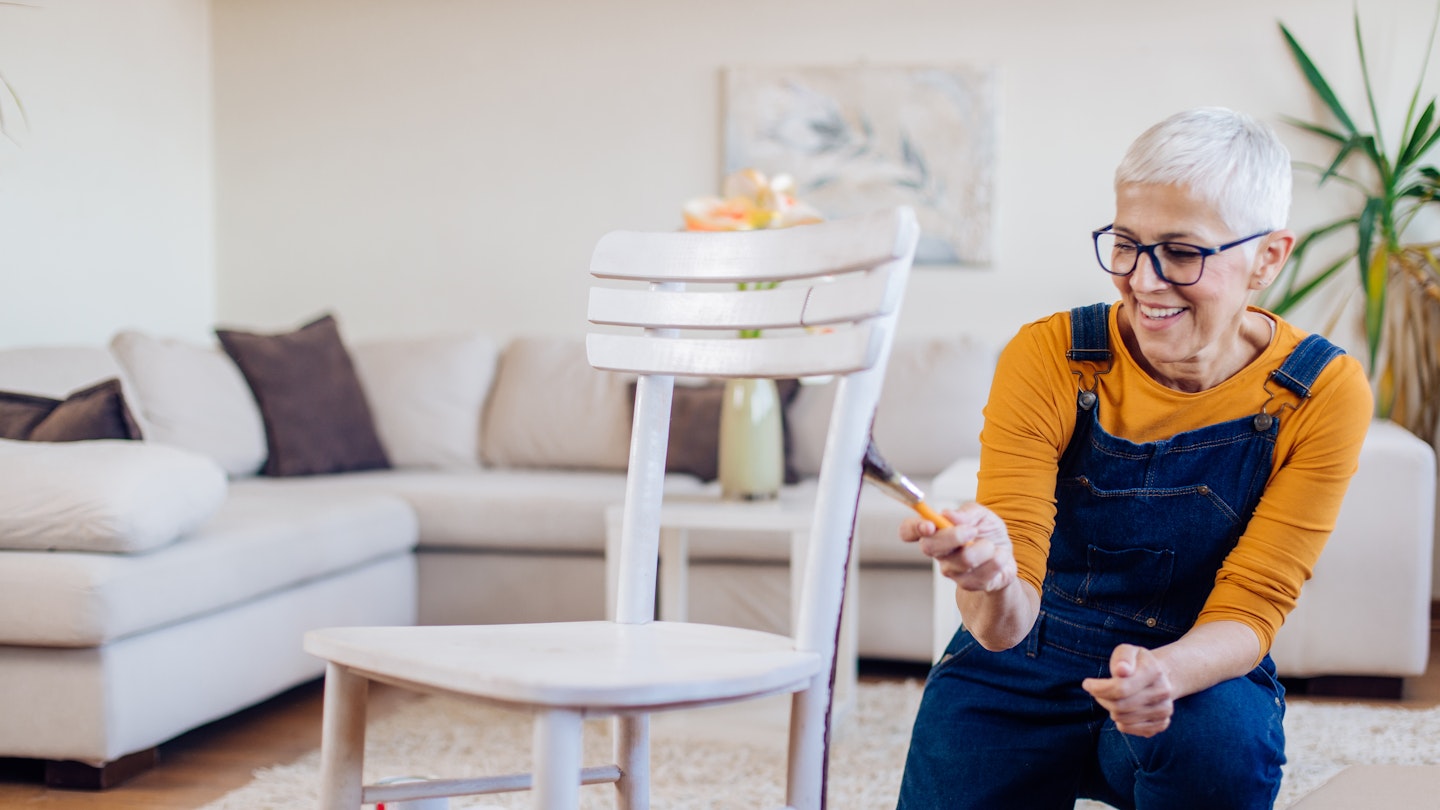As a nation we’ve always loved a bit of do-it- yourself, especially at this time of the year when the August Bank Holiday usually sends us in hoardes to the nearest hardware store. From the triumph of completing a task long overdue, to the DIY disasters and inevitable household arguments of, “You’re not doing it right!” home improvements are part and parcel of British culture.
But this year DIY has boomed like never before as the recent lockdown saw many of us picking up our paintbrushes and digging out the drill to crack on with those DIY projects we’ve been putting off for years.
Since the pandemic hit, as many as 85 per cent of us have undertaken home improvements, while stores selling DIY products have reported unprecedented sales. You only need to look at photos of the eye-watering queues at B&Q stores when they first reopened to realise lockdown Britain went DIY-mad. But pandemic or not, where does our obsession for doing- it-ourselves come from? And why not just ‘get a man in’?
Make do and mend
The British interest in DIY has been around since as far back as 1683 when the first ancestor to our modern do-it-yourself manual was published. But it was much later in the 20th Century when the Thirties’ wartime spirit of ‘make do and mend’ really made DIY a national hobby, not least as skilled manpower became hard to come by with so many handymen fighting on the front line.
Going into the Fifties and Sixties, home ownership boomed and so too did an interest in home improvements. A shorter working week meant families had more time to work on home projects, while better pay for some gave people the funds to invest in their houses.
"DIY was sold to people as the perfect activity for harmonious marital bliss..."
The rise in TV also played a part as 1956 saw the arrival of the first ever TV handyman, Barry Bucknell. Barry was a smartly dressed former car engineer who, through his broadcaster wife, accidentally ended up presenting his own slot on the BBC afternoon show About the Home.
Just a year later, Barry had his own show, Do It Yourself, where he became the bane of husbands who’d been hoping for a lazy weekend reading the paper, only to find they were now expected to put up shelves or plaster walls like their wives had seen Barry do. ITV quickly followed suit with its own Handy Around the Home programme, where presenter Harry Greene gave practical demonstrations as he renovated his London flat.
At the same time, DIY magazines such as Practical Householder advertised shiny new tools everyone ‘had to have’ in their sheds while the emergence of low-cost products such as Formica and Polyfilla gave people confidence to try jobs they once thought out of their depths. Adverts at the time showed DIY as the perfect activity for harmonious marital bliss as couples worked lovingly together on a project – although our experience of DIY is that it usually triggers the opposite effect!

You can do it
In 1969, the first B&Q store opened in Southampton to meet the demands of this new generation who wanted to do it all themselves and going into the Seventies DIY experienced something of a golden age. Emboldened by the new products and equipment at our fingertips, DIY got even more ambitious in our bid for a ‘trendy’ home of avocado bathroom suites, psychedelic wallpaper and Artex ceilings.
Then came the innovation that would change everything: flatpack furniture. Love it or hate it, flatpack revolutionised the way we improved our homes. We no longer had to spend hours figuring out how to put things together for ourselves – we could spend days fathoming out complicated instructions instead! The supposed ease of flatpack also paved the way for a move towards simpler DIY solutions from self-adhesive wallpaper to the ‘no nails’ picture hangings we’re used to today.
TV DIY explosion!
TV again played an important role in DIY activity in the Nineties and early 2000s with the craze for home improvement shows. Changing Rooms was of course one of the favourites, regularly drawing in ten million viewers with its heady combination of DIY and soap-opera level drama if one of the couples didn’t like the way their friends had decorated their room.
DIY SOS, Ground Force, Grand Designs, 60 Minute Makeover, House Doctor, and so many more also filled up the TV schedules.
What lies ahead?
Today, DIY TV shows are still popular but home improvers have increasingly been tuning in to website tutorials for handy tips. YouTube offers a huge selection of quick how-to tutorial rather than sitting through a whole home makeover show.
As for the future of DIY, maybe one day robots will do it all for us… but then how would we spend our bank holidays? And wouldn’t we miss the joy of mastering something new that makes DIY such an unparalleled British pastime – but possibly not the arguments, stubbed fingers and decorating disasters!
Fun fact!
One in two people say decorating their home boosts their mood while 54 per cent say they prefer getting fit doing DIY than exercising on the treadmill, according to a recent survey
Read more on Yours:

